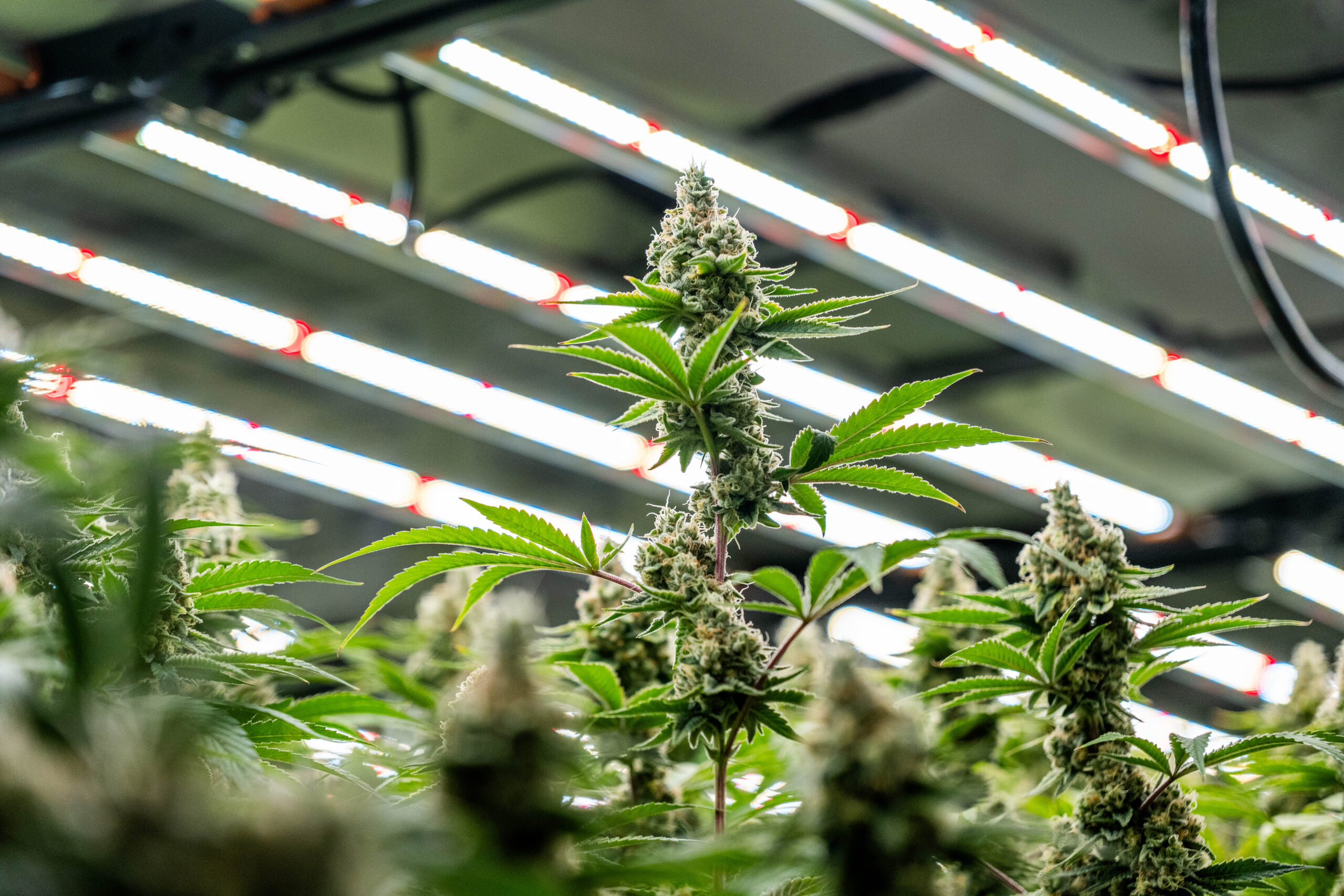
05 Oct Why the IP Rating of a Lighting Fixture is So Important
Ingress Protection (IP) is a critical aspect of a properly designed product for the specified applications. It is a standardized way of classifying devices for what they can withstand with respect to dirt and water. The first digit represents objects or solids, the second digit represents liquids. See Figure 1 for a detailed breakdown of the digit classification.
| First Digit | Object Size | Effective Against |
|---|---|---|
| X | NA | X means no data available to specify a protection rating |
| 0 | Not protected | No protection against contact and ingress of objects |
| 1 | >50mm in diameter | Any large surface or me body No protection against deliberate contact |
| 2 | >12.5mm in diameter | Fingers or similar objects |
| 3 | >2.5mm in diameter | Tools, thick wires, etc. |
| 4 | >1mm in diameter | Most wires, screws, etc. |
| 5 | Dust protected | Ingress of dust sufficient to cause damage inside the equipment operation Complete protection against contact |
| 6 | Dust tight | No ingress of dust Complete protection against contact |
| Second Digit | Moisture Protection | Effective Against |
|---|---|---|
| X | NA | X means no data available to specify a protection rating |
| 0 | Not Protected | No protection against water ingress |
| 1 | Dripping water | Vertically falling water drops |
| 2 | Dripping water when tilted < 15° | Vertically falling water drops when enclosure is tilted < 15° |
| 3 | Spraying water | Water sprayed at an angle < 60° from the vertical position |
| 4 | Splashing water | Water splashing against the enclosure from any direction |
| 5 | Water jets | Water projected by a nozzle (6.3mm) against the enclosure from any direction (GARDEN HOSE) |
| 6 | Powerful water jets | Water projected in powerful jets (12.5mm nozzle) against the enclosure from any direction (HIGH VOLUME PRESSURE WASHER) |
| 7 | Immersion up to 1m | Ingress of water when temporarily immersed (up to 1m of submersion) |
| 8 | Immersion beyond 1m | Ingress of water when continuously immersed (beyond 1m of submersion) |
| 9K | Powerful high temperature water jets | Close-range, high pressure and high temperature spray downs |
A question we frequently get asked at Fluence is about the IP Rating (or Ingress Protection Rating) of a fixture. There is a lot of misconception and confusion associated with the ratings, and a general assumption that the higher the rating the better, but this is not always true. A higher rating or numerical value does not mean the rating is better, but rather that the fixture is designed for different applications or environments.
For example, you can put shrink wrap on a paper cup and get it to pass an IP67 rating. But take that exact same cup and attempt to do IP66 testing on it, and you will end up with a catastrophic failure and most likely confetti!
A lighting fixture rated at IP67 is dust proof and able to be withstand being submerged up to 1 meter underwater. A lighting fixture rated at IP66 is dust proof and able to withstand high-volume high-pressure water jets which produces forces that will push their way through gaskets and seals, otherwise referred to as hydraulics. These ratings represent significantly different conditions that the fixture should be able to withstand. The higher number, IP67, does not necessarily indicate a more aggressive capability of the fixture versus IP66.
A product that is designed for a horticultural grow environment needs to be able to withstand a wide range of conditions, some of which could be considered extreme. These conditions include humidity, dripping or splashing water, pressure washers, chemicals, dust and dirt. An improperly designed product will not hold up or endure to the conditions if it is not engineered to handle the environmental conditions it will be used in. As a rule of thumb, anything other than an IP66 rating would not be recommended for a commercial grow environment.
When designing a product, you must consider what the design or application requirements will be in the environment(s) it will be used in. Once it has been determined what ratings are needed, determining how to achieve that rating is very critical when starting the design process. There are many ways to achieve IP rated products, and determining what materials or methods are selected can have profound impact on your design in multiple ways, such as cost and performance. Whether you choose to use gaskets, sealants, RTVs, coatings or encapsulants all have benefits and tradeoffs, while achieving the same or similar results in IP ratings.
From a grower perspective, it is important to assess the environment where the fixtures will be installed. Have a clear understanding of the cleaning process, humidity, temperatures and other environment conditions. These data points will help lead the grower to the right rating they are seeking on a lighting fixture. Based on our experience working with customers in a multitude of growing environments over the years, we believe growers should strongly consider selecting LED lights that are rated at IP66. LED lights rated at IP66 will offer growers the best possible protection in commercial environments. It is also critical to follow the manufacturer cleaning recommendations which always supersede IP ratings, since chemical compatibility and other criteria are not part of the IP rating scheme.
At Fluence, our horticultural specialists can be excellent resources for helping to assess a greenhouse or indoor facility and can offer advice on the right type of fixture to use for that environment. A little bit of research and investigation upfront will lead you to the right rating, the right fixture, and a successful grow in the long run.
Justin Walker
Director of Engineering
Justin leads product development and sustaining engineering activities at Fluence as the company’s Director of Engineering. His experience over the course of 20 years in the lighting industry in both commercial outdoor lighting and horticulture space helps drive the company’s engineering to the next level and delivering industry-leading LED solutions for Fluence customers.



